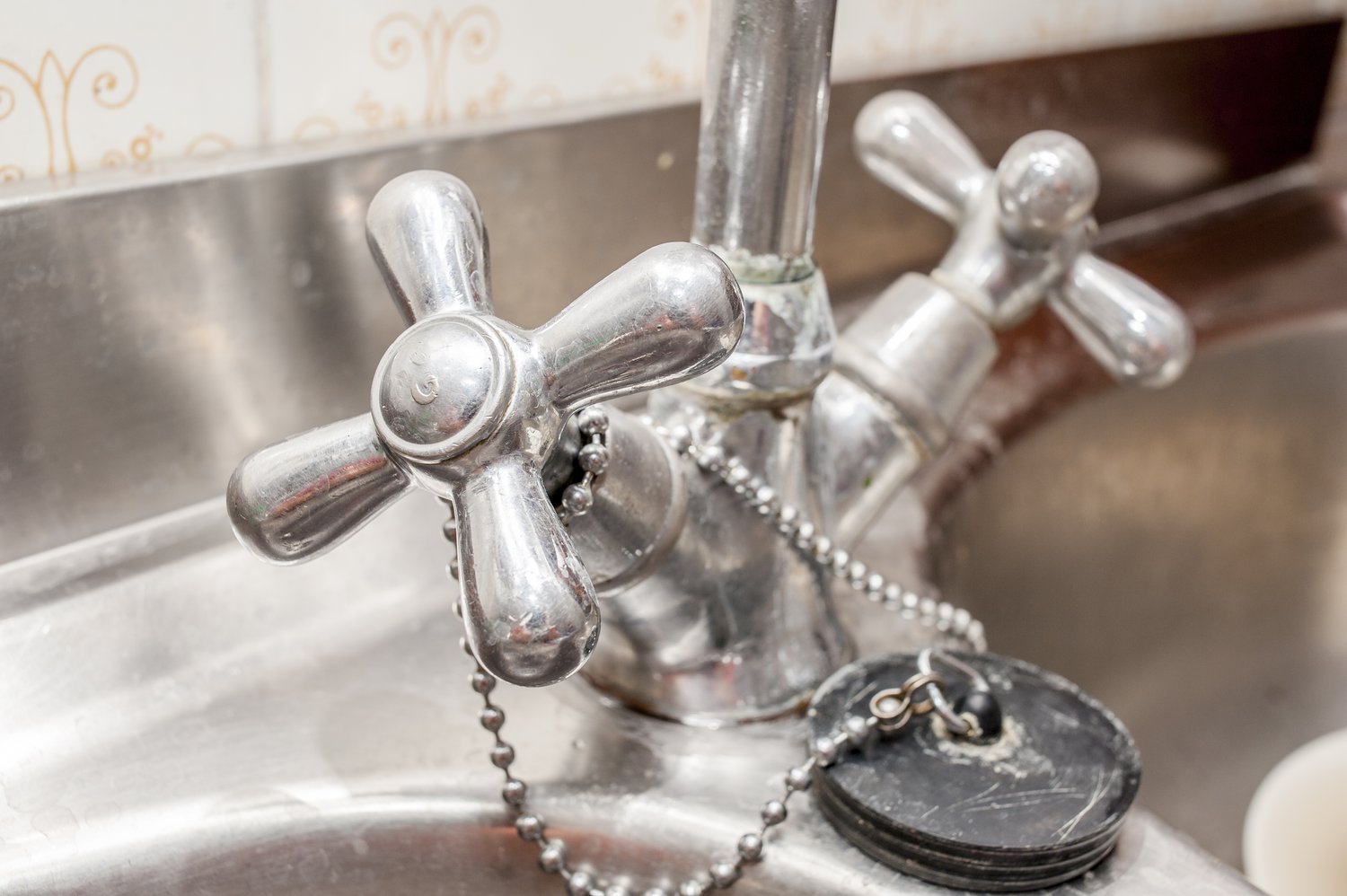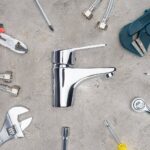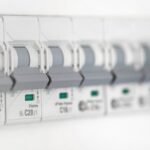When your kitchen’s garbage disposal begins to act up, your daily routine can be thrown into disarray. Understanding the common problems that plague these units, from irritating clogs to unexpected leaks, is essential for any homeowner aiming to maintain a well-functioning kitchen. Let’s delve into how you can tackle these issues with confidence and ensure the uninterrupted harmony of your culinary workspace.
- Discover how to identify and solve the most frequent garbage disposal issues, including jams and odd noises.
- Uncover practical steps to diagnose problems and execute effective fixes, bringing your disposal back to full functionality.
- Learn techniques to prevent future malfunctions, enhancing the longevity and efficiency of your disposal system.
Arming yourself with the right knowledge can transform you into a home repair pro, capable of handling common garbage disposal challenges with ease. Dive in, and empower yourself with the tools needed to elevate your kitchen’s efficiency and performance.
Understanding Common Problems with Garbage Disposals
Garbage disposals are indispensable kitchen appliances that simplify waste management significantly. However, they are not without their own set of challenges. It’s important to understand these common problems so you can tackle them effectively when they arise.
Jams are among the most frequent issues, often caused by fibrous foods, bones, or utensils accidentally entering the disposal. These blockages can halt the grinding process, rendering your garbage disposal ineffective.
Leaks can develop around seals or connections, often resulting from wear and tear or improper installation. These leaks can lead to further issues if not addressed promptly, including water damage under your sink.
Unusual noises are also a common concern. Grinding sounds without grinding action might mean something is stuck or broken inside the unit. These noises can indicate machine wear or foreign objects rattling around.
These issues not only disrupt the functionality of your unit but can also escalate into more severe damage if ignored. Understanding these problems and their impacts helps you maintain the smooth operation of your kitchen’s garbage disposal unit.
How to Diagnose and Fix Garbage Disposal Issues
Effectively diagnosing and fixing garbage disposal issues is a crucial step in ensuring your kitchen runs smoothly. Here’s a comprehensive guide to help you restore your disposal’s functionality:
Begin by identifying any unusual noises. Different sounds can indicate various problems: a humming noise may point to a jam, while a rattling noise might suggest a foreign object is inside.
Next, check for clogs and jams by inspecting the disposal impeller. Use a flashlight to look for obstructions and carefully remove any visible debris with pliers. Avoid putting your hand inside the disposal.
Addressing leaks involves closely examining connections and seals. Inspect the main disposal unit, the connection to the sink, and the drainage hose for any signs of moisture or damage. Tightening connections or replacing worn seals can often resolve leak issues.
Test the unit after each intervention to ensure the problem has been resolved. If the disposal is still not functioning properly, it may be time to seek professional help. Regular check-ups and immediate repair of issues ensure your garbage disposal continues to operate at peak efficiency.
Section 1.1 Dealing with Clogs and Jams
Enhancing your problem-solving skills when it comes to garbage disposal issues is crucial for maintaining a fully operational kitchen. Clogs and jams in the garbage disposal unit are among the most common challenges homeowners face. A proper understanding of these problems and their solutions can significantly improve the performance of your disposal system.
Garbage disposals often experience clogs due to the accumulation of food particles and debris that can’t break down easily, such as bones, fibrous vegetables, or fatty substances. To address persistent clogs, it’s essential to first disconnect the unit from its power source to ensure safety.
A helpful method to clear clogs involves using a hex key or Allen wrench. Insert the tool into the disposal’s manual reset socket located beneath the unit and turn it clockwise and counterclockwise to dislodge any blockages.
If you notice a jam, inspect the inside of the disposal with a flashlight. Avoid reaching inside with your hands. Instead, use tongs or pliers to safely remove any visible obstructions. Once cleared, restore power and run cold water to test the unit, ensuring everything flows smoothly.
Section 1.2 Fixing Garbage Disposal Leaks
Leaks in your garbage disposal can lead to water damage if not addressed promptly. Identifying the source of leaks is the first step in executing an effective fix, ensuring your disposal remains leak-free.
The most common sources of leaks are at the sink flange, dishwasher connection, and drain pipe. Begin your inspection at the sink flange, where the disposal unit attaches to the sink. Tighten mounting screws if necessary or consider applying fresh plumber’s putty to the area.
If the leak occurs at the dishwasher hose connection, ensure the hose clamp is snug. Replace it if there are any signs of wear and tear. Lastly, for leaks coming from the drain pipe, inspect the connections and tighten or replace washers as necessary.
Utilizing these DIY fixes not only prevents water damage but also extends the lifespan of your garbage disposal. Regularly checking for leaks and maintaining connections can help sustain the efficient operation of the disposal unit while keeping your kitchen free from potential water-related issues.
Preventative Maintenance Tips for Fixing Garbage Disposal Issues
Preventative maintenance is crucial for ensuring the prolonged efficiency of your garbage disposal. Regular care not only helps in fixing existing issues but also prevents potential problems from arising, ultimately extending the lifespan of your kitchen’s waste management system.
To keep your garbage disposal in peak condition, it’s essential to adopt a few simple yet effective habits. First, always run cold water before, during, and after using the disposal. This practice helps solidify any fats or greases that may have entered the disposal, making them easier to chop and wash away.
Periodically, grind small ice cubes or citrus peels, such as lemon or orange, in the disposal. This method serves a dual purpose: ice sharpens the blades while citrus peels naturally freshen the unit, minimizing odors. Avoid introducing hard materials like bones or fibrous substances, such as celery or corn husks, which can cause jams or damage the blades.
Once a month, consider applying a natural cleaning solution consisting of vinegar and baking soda. Pour half a cup of baking soda into the disposal, followed by a cup of vinegar. Allow the reaction to bubble for several minutes, and then flush it away with hot water. This approach helps in breaking down residue and maintaining the disposal’s cleanliness.
Regularly inspect the garbage disposal for any signs of wear or damage, such as leaks or loose fittings. Prompt attention to these small issues can prevent larger, more costly repairs in the future.
By incorporating these preventative maintenance tips, homeowners can ensure that their garbage disposal operates smoothly and efficiently. Careful upkeep not only saves money and reduces kitchen odors but also enhances the overall performance of your waste management appliance, providing a hassle-free kitchen experience.
Frequently Asked Questions About Garbage Disposal Fixes
What should I do if my garbage disposal won’t turn on?
Check if it’s plugged in. Press the reset button on the unit and ensure the circuit breaker hasn’t tripped.
How do I know if my garbage disposal is jammed?
If you hear a humming noise or the blades aren’t moving, it’s likely jammed. Turn off the unit and inspect inside for obstructions.
What’s the best way to unclog a garbage disposal?
Unplug the unit, remove the clog manually or use a plunger. Avoid using chemical cleaners.
How can I fix leaks under my garbage disposal?
Identify the source of the leak, such as connections or seals, and tighten or replace the faulty parts.
Is it safe to use hot water in my garbage disposal?
Yes, but it’s better to run cold water when grinding waste. Hot water can melt fats, causing clogs.
What maintenance tips can help prolong the lifespan of my garbage disposal?
- Run it regularly to prevent rust.
- Use ice cubes to sharpen blades.
- Avoid grinding fibrous materials.





